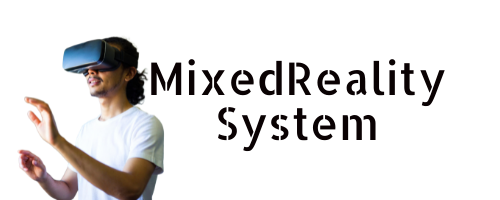At a Glance
- Bosworth defended rebranding “virtual reality” to “mixed reality” based on extensive consumer research showing mainstream preferences.
- The terminology change aims to simplify confusing VR/AR/MR distinctions for average consumers despite tech community backlash.
- Meta is willing to frustrate core users to attract millions of new customers who prioritize functionality over technical labels.
- The rebrand strategically positions Quest 3 as an affordable alternative to Apple’s Vision Pro in the competitive market.
- Bosworth dismissed criticism as “manufactured controversy,” emphasizing Meta’s focus on responsible innovation in mixed reality development.
Shockwaves rippled through the tech world when Meta, formerly Facebook, decided to rebrand virtual reality as “mixed reality” seemingly overnight. The shift, defended passionately by Meta’s CTO Andrew Bosworth, wasn’t just a whimsical name change but a calculated strategy aimed at competing with Apple’s Vision Pro and simplifying tech terminology for mainstream consumers who found the VR/AR/MR alphabet soup confusing.
Bosworth, often called “Boz” by insiders, didn’t mince words when addressing the backlash, fundamentally telling critics to chill out. According to him, extensive market research showed that regular folks (you know, the ones who don’t debate pixel density for fun) actually preferred the term “mixed reality” as it better described what they experienced with Meta’s latest Quest 3 headset.
Stop freaking out about terminology. Regular people actually prefer “mixed reality” – they’re not the ones obsessing over tech definitions.
Turns out, most people don’t care about the technical differences between VR and MR – they just want cool tech that works. The growing focus on user safety concerns has pushed Meta to emphasize responsible innovation in their mixed reality development.
The tech community wasn’t having it though. Developers and VR enthusiasts who’d spent years carefully distinguishing between virtual, augmented, and mixed reality felt like Meta was muddying the waters just to score marketing points against Apple. This represents a significant departure from Meta’s previous approach where they clearly differentiated between VR and MR technologies across their platforms.
Bosworth dismissed this as a “manufactured controversy,” essentially saying the tech bubble was making mountains out of semantic molehills.
What’s really happening here is Meta playing the long game. They’re willing to annoy their core base to attract millions of new users who don’t carry the baggage of technical definitions.
It’s like when your favorite indie band suddenly goes mainstream – hardcore fans cry “sellout” while the band gets rich playing stadiums.
Meta’s strategy boils down to this: dazzle average consumers with the promise of mixed reality while positioning Quest 3 as the affordable alternative to Apple’s pricey Vision Pro. In a dramatic memo to staff, Bosworth warned that 2025 would be a critical turning point for Reality Labs, potentially determining whether the entire metaverse effort would be seen as visionary or a spectacular failure. Whether this linguistic sleight-of-hand works depends on if consumers care more about what the technology does than what it’s called. And Bosworth is betting big that they don’t.



Leave a Reply